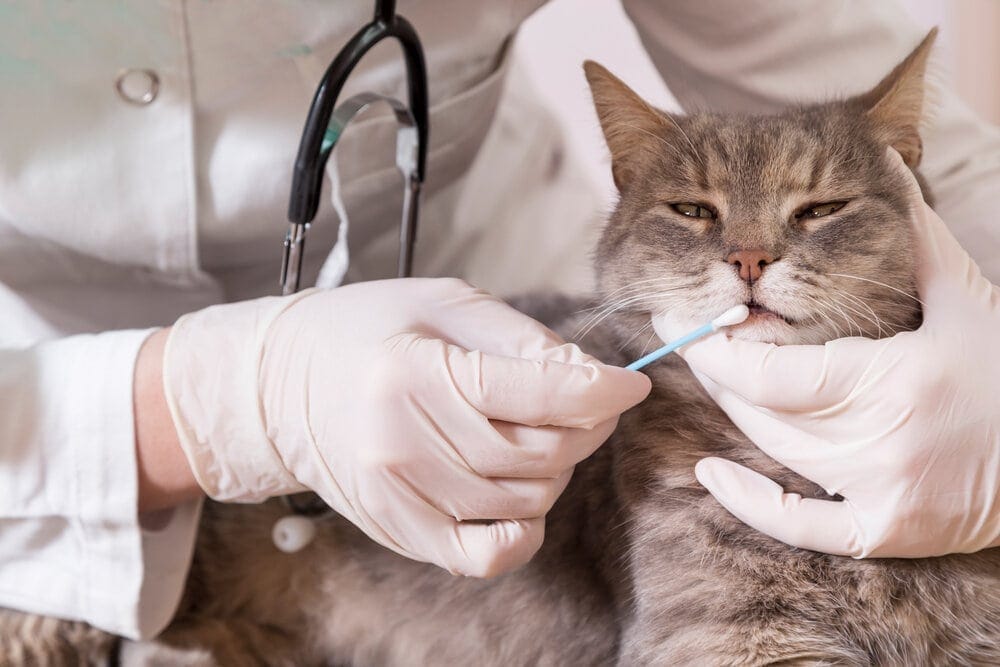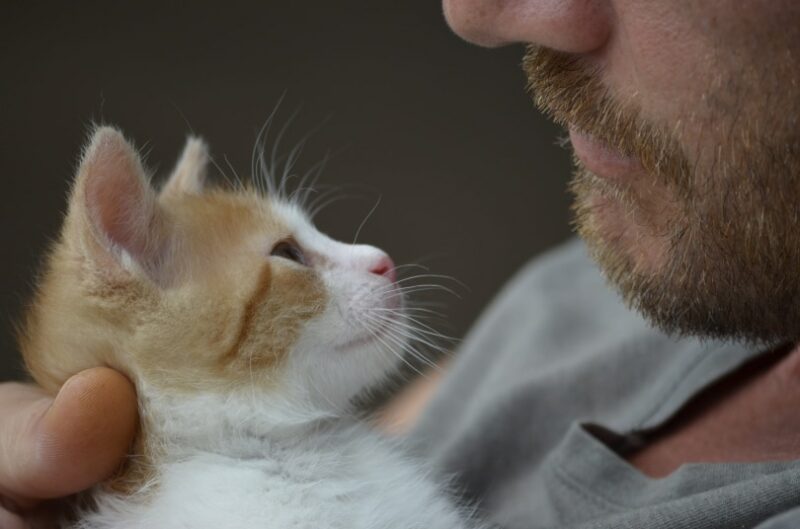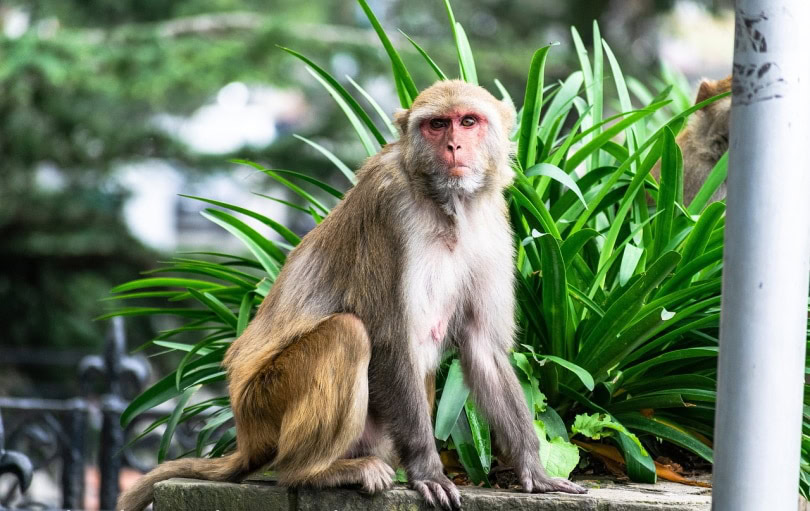VET APPROVED

The information is current and up-to-date in accordance with the latest veterinarian research.
Learn more »Humans harbor a whopping 98.8% of the same DNA that chimpanzees have.1 We share almost all the same sets of genes that mice do.2 We also happen to share about 80% of the same DNA that cows enjoy.3 It’s safe to say that we humans share most of our DNA with many animals living on this planet. So, how much DNA do we share with our beloved cats? This is a great question that deserves a thorough answer. The short answer is that humans and cats share 90% of our DNA. Here is everything that you should know about this fascinating topic.

Cats Share a Surprisingly High Amount of DNA With Humans
Humans and cats share about 90% of the same DNA. Cats are thought to be the closest to humans in terms of DNA, other than chimpanzees. Despite the clear differences in how we live and behave, this genetic similarity offers valuable insights.
The fact that we share so much DNA doesn’t mean we behave the same way, but it does highlight the common biological building blocks that shape how living beings develop, function, and respond to disease. Understanding these genetic parallels helps researchers study human health, genetics, and development through comparative studies, often using animal models like cats.

How Shared DNA Can Benefit Both Humans and Cats
Sharing so much DNA with cats means we can learn more about each species and how they handle things such as stress and disease. We can gain insight into why cats might develop problems such as diabetes based on our understanding of how humans develop such a disease. This genetic overlap supports important advances in both veterinary and human medicine.
Conversely, we can also learn more in general about how diseases develop by focusing on cats’ disease development. One example is the 99 Lives Cat Genome Project being carried out by the University of Missouri, which uses DNA sequencing to identify genetic mutations linked to diseases in cats. Many of these diseases are also found in humans, such as hypertrophic cardiomyopathy and certain neurological or metabolic disorders. These kinds of studies benefit both species and highlight the value of our shared genetics.
It is important to emphasize that scientific research should never harm a human or cat (whether physically or mentally) in the name of science. Fortunately, there are plenty of ethical ways to study both species when it comes to learning more about our shared DNA and how it impacts our lives.


In Conclusion
Cats and humans may share a large amount of DNA, but we are still very different species, each with our own unique biology and ways of experiencing the world. Just because we share so much DNA does not mean that we should be living more like cats or that cats should be living more like we do. Understanding these shared elements can deepen our appreciation of both human and feline health and remind us how interconnected life truly is.
Featured Image Credit: Piqsels











